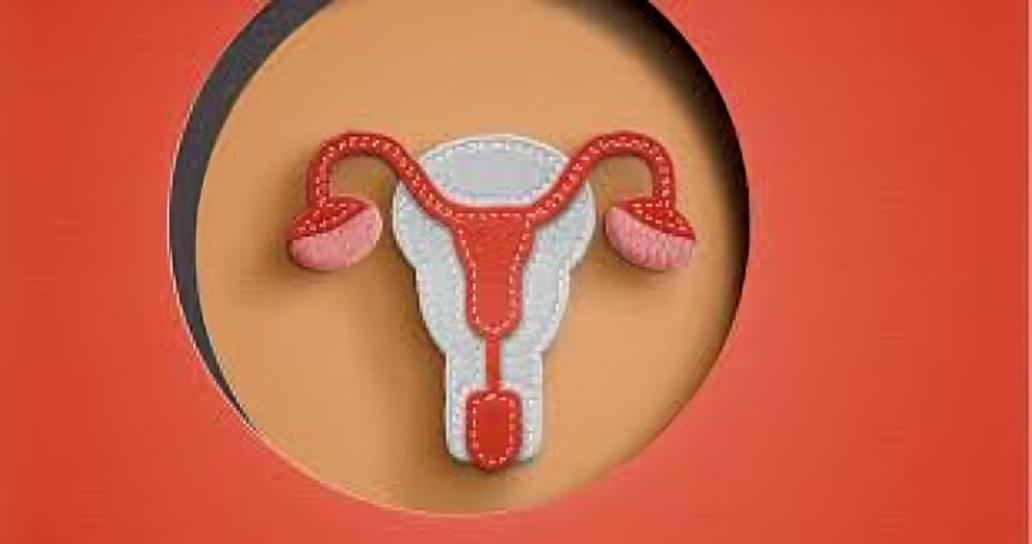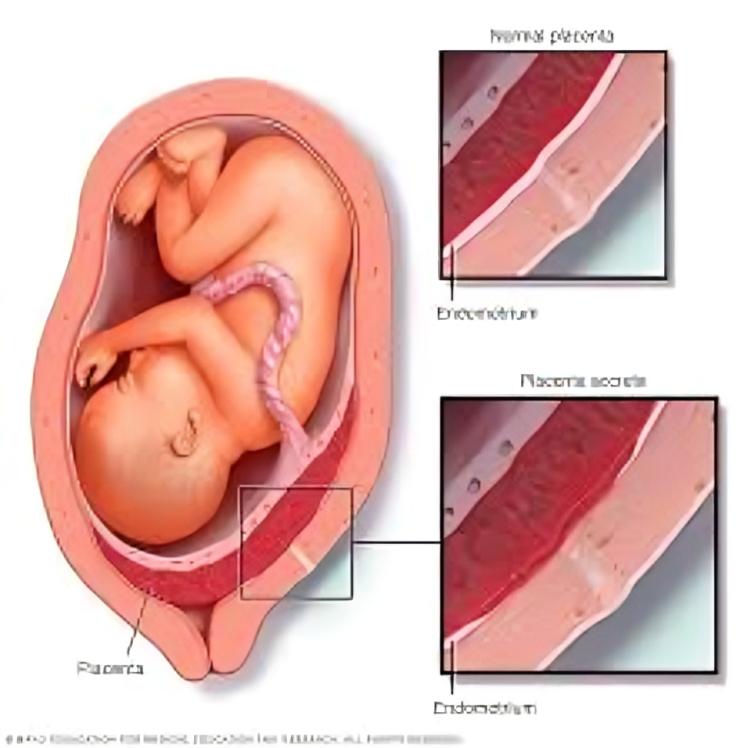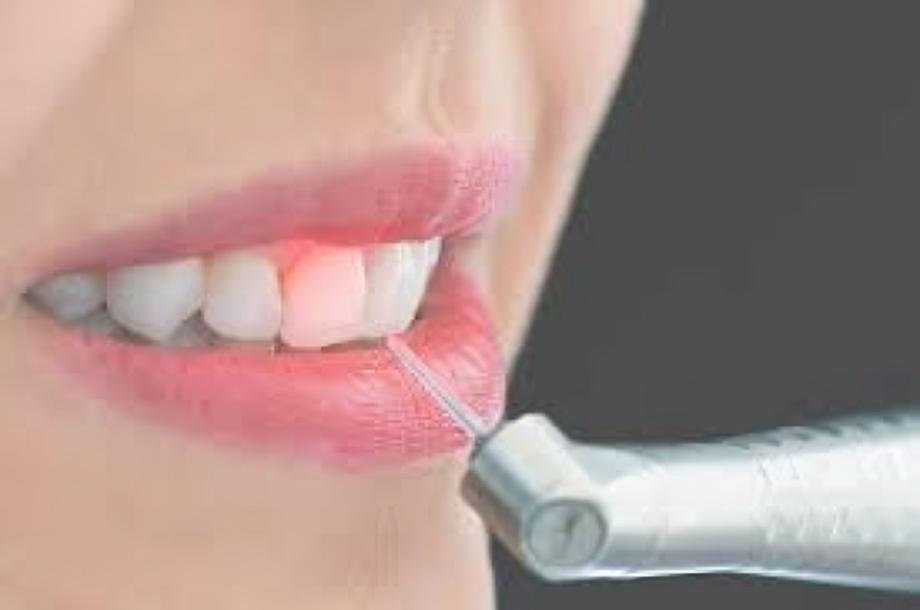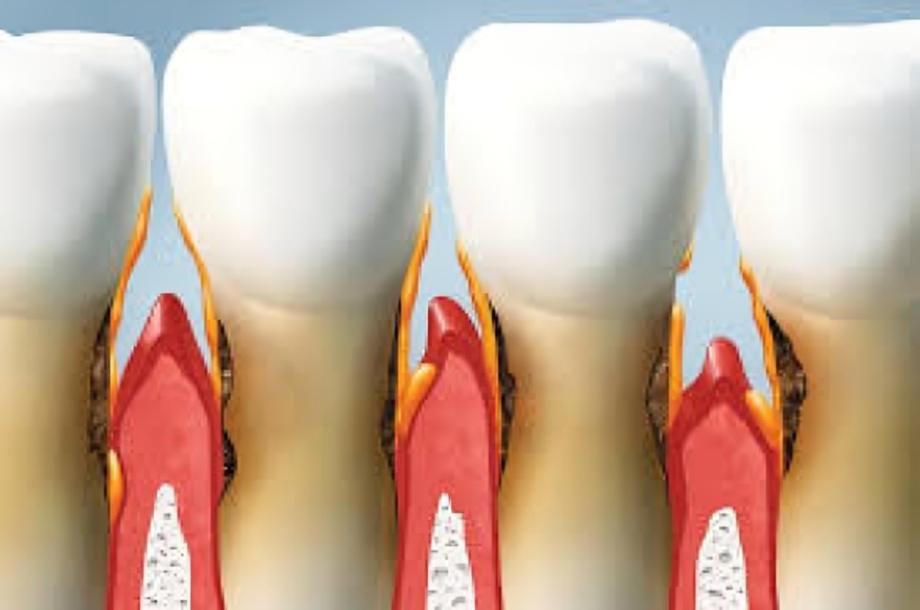Heel Spur: Causes and Treatment with Dr. Amr Saeed – Pain Management Specialist in Nasr City
الشوكة العظمية هي عبارة عن نتوء عظمي صغير يتكوَّن أسفل عظم الكعب نتيجة تراكم مستمر للإجهاد على أنسجة القدم، خاصة الرباط الأخمصي
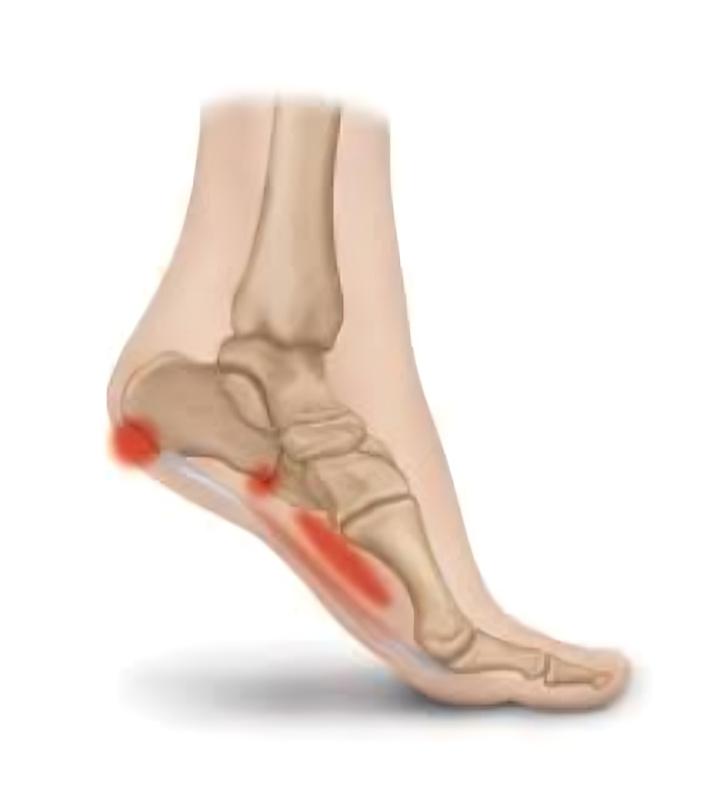
By: Dr. Amr
🦶 Heel Spur: Causes and Treatment with Dr. Amr Saeed – Pain Management Specialist in Nasr City
🟡 What is a heel spur?
A heel spur is a small bony growth that develops on the underside of the heel bone due to continuous stress on the foot tissues, particularly the plantar fascia. This stress leads to calcium buildup and the formation of a visible "spur" seen clearly in X-rays. It is one of the most common causes of chronic heel pain and significantly affects mobility and quality of life.
🟡 Causes of heel spurs:
🔹 Prolonged standing, especially on hard surfaces, puts excessive pressure on the heel, leading to tissue irritation and bone growth.
🔹 Excess body weight is a major contributor, adding pressure on the ligaments and soft tissues of the foot.
🔹 Wearing improper footwear that lacks support, such as overly flat shoes or high heels worn for extended periods.
🔹 High-impact sports like running or jumping on hard ground without adequate footwear support.
🔹 Repeated inflammation of the plantar fascia can trigger calcium deposits, especially if left untreated.
🟡 Symptoms of heel spurs:
🔸 Sharp, stabbing pain at the bottom of the heel, especially when taking the first steps in the morning.
🔸 A burning or tight sensation in the sole of the foot, sometimes extending to the ankle.
🔸 Difficulty walking or standing for long periods, affecting daily activities.
🔸 Increased pain during stairs or exercise, with relief after resting.
🟡 How heel spurs are diagnosed:
📋 Diagnosis begins with a thorough medical history and lifestyle evaluation.
📸 X-rays of the foot are typically ordered to detect the bony growth on the heel bone.
🧪 Lab tests may be done in certain cases to rule out conditions like gout or rheumatoid arthritis.
🟡 Treatment options with Dr. Amr Saeed – Pain Management Doctor in Nasr City:
💉 Medications: Use of NSAIDs (non-steroidal anti-inflammatory drugs) to reduce inflammation and pain.
🦶 Physical therapy and exercises: Strengthening foot muscles and stretching the plantar fascia to reduce tension.
🌡️ Hot and cold compresses: Cold packs reduce swelling, while warm compresses enhance circulation.
🦺 Supportive insoles and cushions: Used inside footwear to redistribute pressure and ease discomfort.
🩺 Localized injections: Cortisone or PRP (Platelet-Rich Plasma) injections reduce inflammation and promote healing.
💡 Shockwave therapy: A non-invasive method to stimulate blood flow and accelerate tissue repair.
🔬 Surgical intervention: Reserved for rare cases when all other treatments have failed, involving removal of the spur or releasing the fascia.
🟡 Prevention tips to avoid recurrence:
✅ Wear orthopedic or cushioned sports shoes with proper arch support.
✅ Maintain a healthy weight to reduce stress on the feet.
✅ Avoid prolonged standing or walking without rest, especially early in the day.
✅ Incorporate simple daily exercises to improve flexibility and muscle tone.
✅ Consult a specialist at the first sign of persistent heel pain to prevent complications.
🟡 Why choose Dr. Amr Saeed?
🌟 Dr. Amr Saeed is a highly experienced pain management specialist in Nasr City, known for using the latest non-surgical treatments for heel and foot pain.
🔬 He provides comprehensive care plans tailored to each patient, ensuring accurate diagnosis, effective treatment, and consistent follow-up.
📍 The clinic is conveniently located in Nasr City, easily accessible for patients from across Cairo and nearby regions.
📞 For appointments and inquiries about treatment sessions, contact the medical team of Dr. Amr Saeed – Pain Management Doctor in Nasr City.
🛡️ Your health matters... Don’t hesitate to consult a professional for fast, effective relief.
الحاجز المهبلي هو حالة طبية قد تؤثر على صحة النساء بشكل مباشر، وقد تكون سببًا لمشاكل صحية مختلفة إذا لم يتم التعامل معها بشكل مناسب.
المشيمة الملتصقة هي حالة صحية نادرة ولكنها خطيرة تحدث عندما تنمو المشيمة بشكل غير طبيعي داخل جدار الرحم.
مشاكل اللثة من أكثر المشكلات شيوعًا التي تؤثر على صحة الفم والأسنان
انحسار اللثة من المشكلات الشائعة التي تؤثر على صحة الفم وجمال الابتسامة، حيث تنسحب اللثة تدريجيًا وتكشف جذور الأسنان
